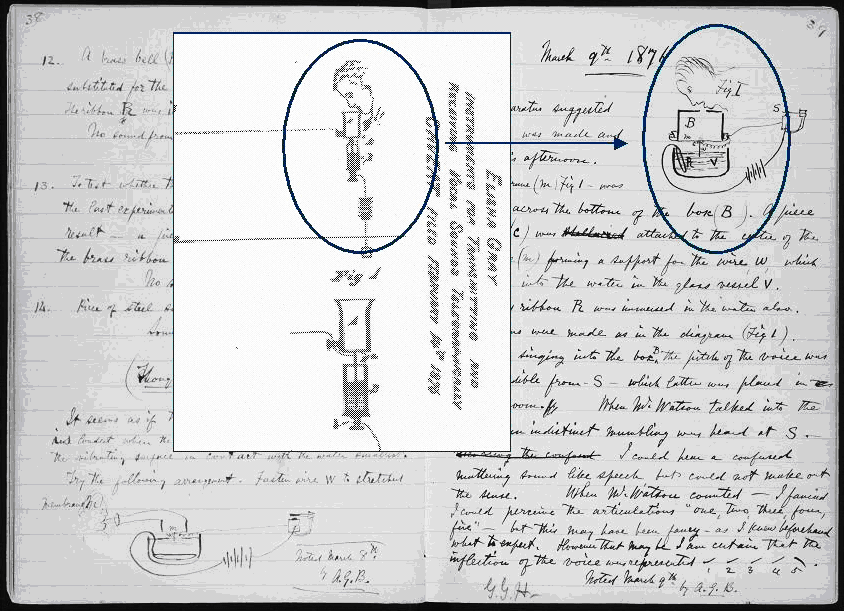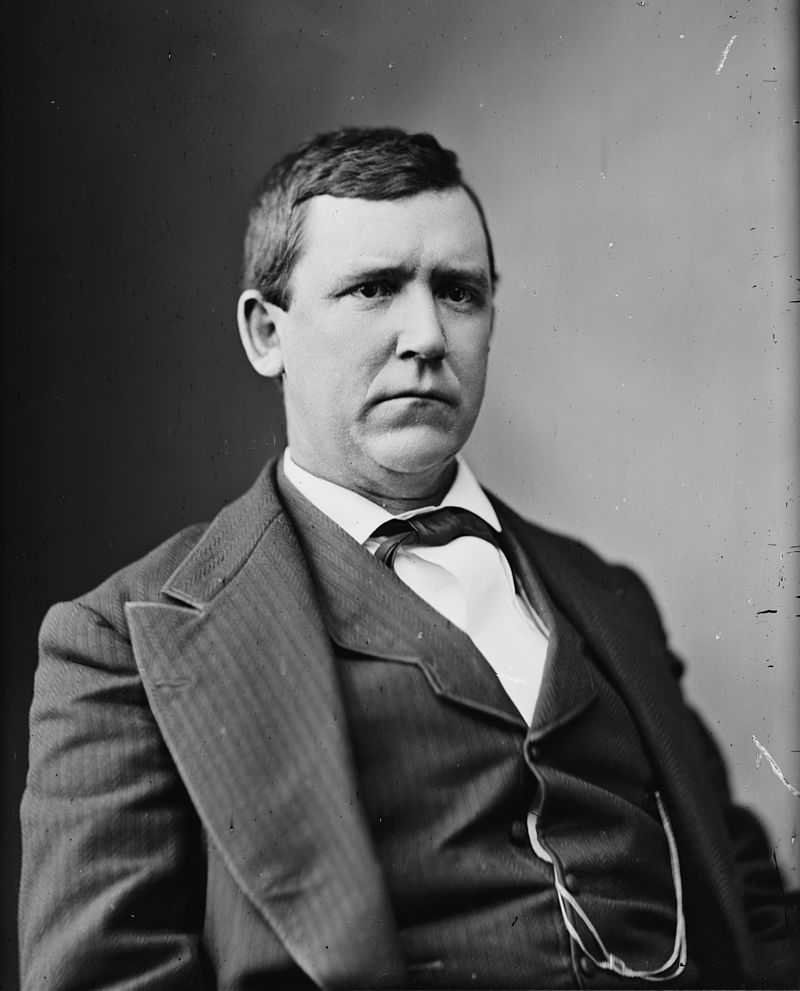A new book claims Alexander Graham Bell stole the telephone from Elisha Gray, despite all the evidence against that theory.
-
Spring/Summer 2008
Volume58Issue4
In his new book, The Telephone Gambit: Chasing Alexander Graham Bell’s Secret (Norton, 256 pages, $24.95), Seth Shulman states that the famous inventor “was plagued by a secret: he stole the key idea behind the invention of the telephone.”

In this well-written but critically flawed account, Shulman tells the story of his research in the Bell-versus-Gray controversy— the question of who first came up with the key technological innovation for the phone. He digs into archives and discovers a critical page in Bell’s notebook from March 1876, a sketch drawn shortly before the time that Bell uttered the famous phrase, “Mr. Watson, come here, I want to see you.” Shulman claims that the drawing of a liquid transmitter is strikingly similar to the earlier drawing in Elisha Gray’s patent caveat. Shulman’s conclusion is clear: Bell saw the caveat and copied the idea into his notebook. Bell subsequently built the liquid transmitter, which worked, and the rest is history.
Central to Shulman’s argument was his “discovery” of two affidavits written by Zenas Wilbur, the clerk in the Patent Office who examined Bell’s application, in which ten years after the fact he claimed the inventor slipped him a $100 bill to reveal Gray’s patent caveat. By now an ill and penniless alcoholic, Wilbur contradicted his earlier testimony that everything was routine in the Bell patent application. Shulman relates how these new documents were discovered in an attic and never played a role in any of the legal challenges to Bell’s claim to the telephone. [authors’ italics]
In fact, these affidavits are far from unknown. They played a central role in the notorious “Pan-Electric Case,” which erupted into the largest scandal of the Grover Cleveland Administration. Wilbur’s alleged deathbed confession was not the work of an old man with a burdened conscience, but a carefully crafted legal document written with the help of lawyers working for a company seeking to steal rights to the most lucrative patent ever issued in U.S. history. This dubious testimony has been at the center of a very public debate over the telephone patents for 125 years. It is hard to understand how Shulman could have missed or ignored the question of their credibility.
By 1886, the Bell companies had defended their patents in some 600 court cases, before hundreds of judges in many jurisdictions. Bell never lost a case. Having exhausted all other channels, the only remaining means of attacking the patents was to allege that they had been obtained fraudulently. The founders of Pan-Electric took this course, filing their own patents, which bore a striking resemblance to Bell’s, and then urging the government to have the Bell patents annulled. To aid their cause, Pan-Electric quietly distributed thousands of shares in the company to a variety of federal officials. Sure enough, the U.S. government decided to weigh in and brought fraud charges against Alexander Graham Bell.

For eight years, Bell had fought one company after another trying to steal his patents. One of the most difficult challenges had come from the richest and most powerful corporation in the world, the Western Union Telegraph company, which had a monopoly on communications in the U.S.; they had hired Thomas Edison and Elisha Gray to invent around Bell’s patent; thus acquiring rights to the telephone. Bell Telephone defeated the goliath in court. Now, it was the Federal Government, led by Augustus Garland, the U.S. Attorney General, which was accusing Bell of fraud. All this was based on the scandalous allegations in Wilbur’s affidavit, which Shulman believes are new revelations.
Unfortunately for Pan-Electric’s promoters, their scheme was exposed in a dramatic story in The New York Tribune, which revealed that the U.S. Attorney General owned 500,000 of the company’s shares. The paper revealed that other shareholders included two senators, two key congressmen, and several government officials. The Speaker of the House launched a Congressional investigation that conducted extensive hearings and published a thick volume of testimony. The Congressmen voted on party lines and, not surprisingly, the Cleveland Administration decided not to investigate its own perfidious behavior.
Shulman’s book also falls short as a result of his tenuous grasp of electricity and magnetism. There are two ways to vary current in a telephone circuit in order to transmit sound. One is to vary the battery voltage or resistance in the circuit, and the other is to induce a current with a varying magnetic field. Bell chose the latter.

Shulman claims that Bell’s “eureka moment” occurred on March 10, 1876, when the inventor made the liquid variable transmitter work, after having stolen the idea from Gray. However, Bell’s real breakthrough took place the year before on June 2, 1875, when he realized that the induction method would work— and the following day, when he constructed the so-called Gallows telephone.
Having first written down his theories in November 1874, Bell already had a very sophisticated understanding of the principles of the telephone—he was just having trouble making it work. The liquid transmitter work he did was inconsequential since he quickly returned to the induction transmitter design of the Gallows telephone.
The liquid transmitter experiment simply didn’t matter, so even if the idea had been stolen it would be irrelevant.
—Ralph Meyer is a physicist and author of Old-Time Telephones.
Edwin S. Grosvenor is the author of Alexander Graham Bell: The Life and Times of the Inventor of the Telephone and Editor-in-Chief of American Heritage.

